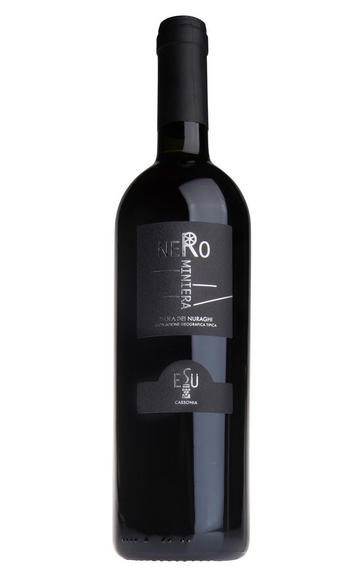
2014 Nerominiera, Isola dei Nuraghi, Enrico Esu, Carbonia, Sardinia
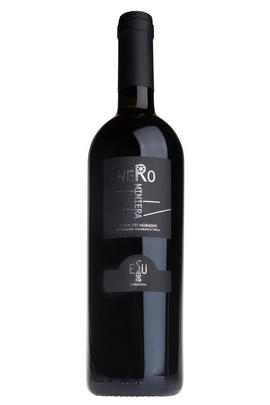
About this WINE
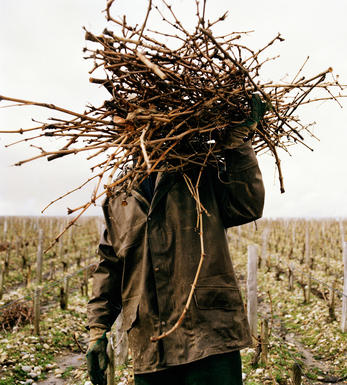
Enrico Esu, Sardinia
In the southern-western corner of Sardinia lie the former coal fields of Carbonia. Closer to the coast the carbon land is covered by sand, and to free-standing, ungrafted, unirrigated Carignano vines that yield a naturally small crop of compact bunches, rich with sweet juice. It’s also home to the Esu family, custodians of Carignano, at their Carbonia estate.
Enrico Esu’s father – whom he refers to as a cross between a farmer and a miner - planted their 10 hectares of Carignano (aka Mazuelo) back in 1958. It’s a grape first propagated by the (Spanish) Bourbons during their four-hundred year occupation of the island between the 14th and 18th century.
Compared to the more commercially, volume driven neighbours reliant on vine clones, the Esu family treasure the original, ungrafted vines and look to perpetuate them on account of their excellent fruit.
Following years of selling the (prized) fruit off, Enrico decided in 2013 to make the switch to bottling the wine under the estate label ‘Nerominiera’, so honouring the presence of the now silent coal mines. Vinified without oak, at the local cantina sociale (cooperative), Enrico made only 5000 bottles of his inaugural bottling’
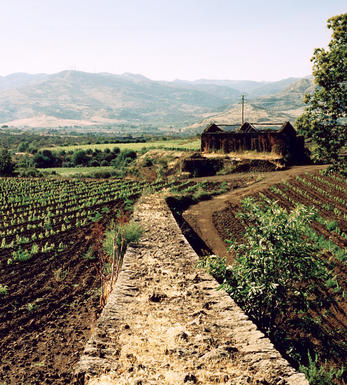
Sardinia
Sardinia's remarkable geography encompasses mountains, hills, and coastal plains, displaying distinct soil compositions and sun exposure. The island takes pride in its indigenous grape varieties, including Cannonau (Grenache), Carignano, Bovale Sardo, Monica, Vermentino, Nuragus, and Malvasia di Sardegna.
Sustainable agricultural practices are essential for many wine producers, prioritising organic and biodynamic viticulture while minimising chemical usage and artificial interventions. This environmentally conscious approach safeguards the natural balance, nurtures soil health, and allows the wines to reflect the unique qualities of the grapes and terroir authentically.
Winemakers will typically blend traditional and modern winemaking techniques. The reds often undergo extended maceration and oak barrel ageing, enhancing their structure and complexity. White wines, on the other hand, typically undergo fermentation and ageing in stainless steel to preserve their freshness and fruity flavours. However, some producers experiment with ageing certain white wines in oak barrels, imparting additional richness and character.
Sardinia houses several wine consortia and associations dedicated to promoting and protecting the quality and reputation of its wines. These organisations establish regulations and guidelines, ensuring the authenticity and excellence of wines produced on the island. Notable examples include the Consorzio Tutela Vini Cannonau and the Consorzio di Tutela Vermentino di Gallura.
Sardinian wines are a perfect complement to the island's rich culinary heritage. Cannonau wines harmonise with roasted meats, game, and hearty stews, while Vermentino pairs beautifully with seafood dishes, shellfish, and fresh cheeses. Sardinian cuisine, known for its rustic and flavorful dishes, offers delightful combinations with local wines.
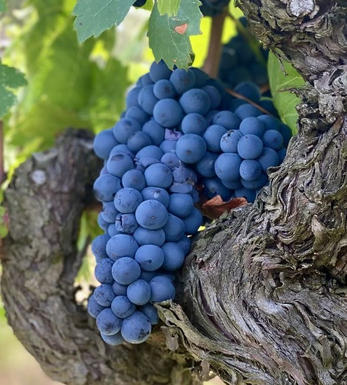
Carignan
Carignan, as its name suggests, is presumably of Spanish in origin, from around the town of Carineña west of Priorat in the province of Aragon.
Carignan, also known as Carginano in Italy and Cariñena or Mazeulo in Spain, is one of the most widely-planted red grapes in France. Planting became widespread in France during the 1960s, when Algeria gained its independence and was no longer an inexpensive source of red grapes. Languedoc-Rousillon (Cotes du Roussillon, Corbières, Saint Chinian) is the bastion of Carignan in France, and it is also grown Provence, although it now gradually being replaced with more complex and characterful varieties such as Syrah and Grenache.
The berries are blue-black, with fairly thick, astringent skins.Carignan buds and ripens quite late, so it is resistant to spring frosts, but requires a long ripening season and warm climate. It is a vigorous grape, which can result a wine of dull character.
Carignan is useful for adding intense colour, acidity, and fleshy tannins to the archetypal Southern French blends of Syrah, Grenache and Cinsault. Few select growers have managed to produce interesting, distinctive wines from this grape by carefully limiting the vine vigour and the yields.
Old Carignan vines (over 50 years) on a combination of low yields and suitable terroir can produce magnificently concentrated and characterful wine. The best expressions can be found in Priorat.


Buying options
Add to wishlist
Description
This 100 percent Carignano is made in very limited volumes. The fruit throughout is rich but also elegant, with fine tannins and bold, ripe red berries. It’s generous on the mid-palate with hints of leather and dried herbs bringing added complexity.
wine at a glance
Delivery and quality guarantee